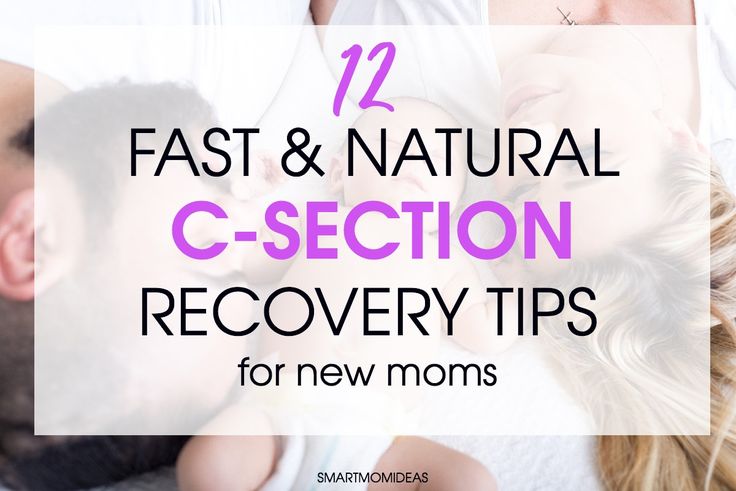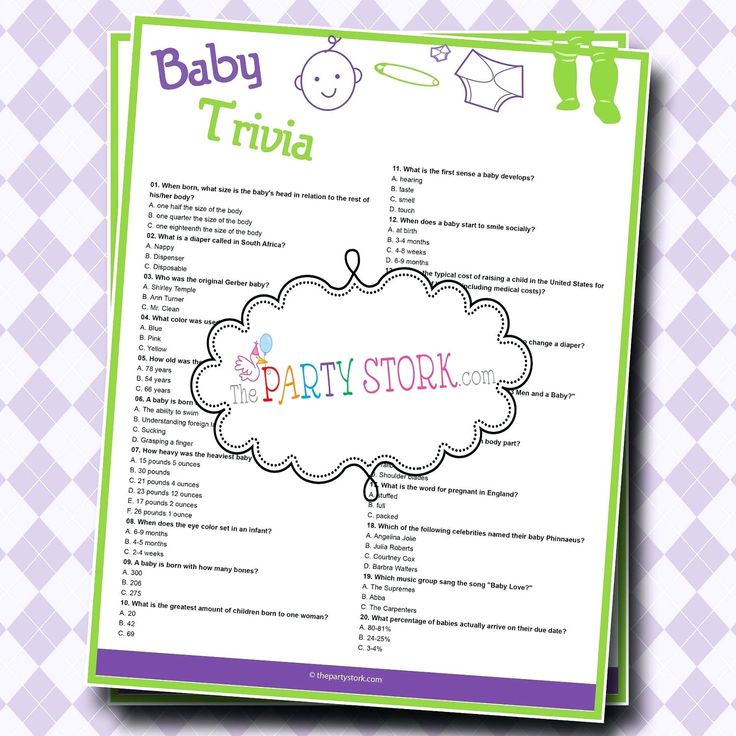How to crack your back while pregnant
Can You Crack Your Back While Pregnant? 4 Effective Ways To Relax 2022
For some women cracking their backs is a common practice that offers physical and even psychological relief, and this urge doesn’t stop when they become pregnant.
The feeling of how their body releases as soon as it cracks and that the popping sound makes them feel instantly calm.
So, can you crack your back while pregnant? The quick answer is that if it’s done correctly and no medical pre-conditions are preventing you, then yes, it’s safe.
However, it’s recommended that instead of doing it yourself, you rely on licensed chiropractors or a chiropractic center-trained practitioner for this specific type of adjusting to prevent any health complication that could lead to discomfort or spine pain.
But before you go cracking your back all the time or seek chiropractic treatment, let’s see why some people do this and how it works during pregnancy.
Is it good to pop your back?In general, it is a safe practice, but there are a lot of misconceptions and myths about the potential side effects of cracking any bone in your body.
The cracking sound has been related to the release of tension, tightness, and even pain, and it’s a common practice that not only improves movement range but also relaxes a person.
The popping sound that your joints make is caused by the air bubbles and carbon dioxide in the synovial fluid, a thick liquid located between the joints to cushion the ends of bones and reduce friction when you move your joints.
Common myths related to cracking your backOne of the most common myths that have been used to stop people from cracking their knuckles is that they’ve been told that they could get arthritis or that their joints will swell.
And this is not only false, but if done by a chiropractor with the proper technique and care, you can actually ease arthritis symptoms and discomfort.
Another myth is that cracking your joints stunts growth; joints have nothing to do with growth or growth hormones.
Another common myth about cracking your back is that you can damage your spinal discs or even slip a disc.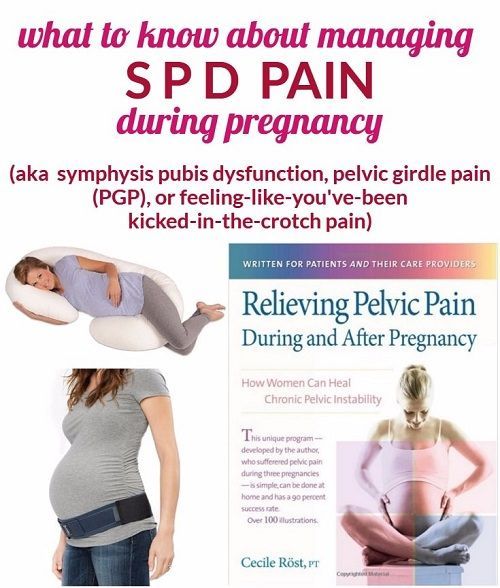 Such is unlikely to happen unless you have an existing vertebral condition (in which case you should exercise this with care and preferably by a licensed chiropractor).
Such is unlikely to happen unless you have an existing vertebral condition (in which case you should exercise this with care and preferably by a licensed chiropractor).
However, although this is an uncommon occurrence, it is possible that if you crack your back with too much force, you can cause damage to your joints, resulting in strain, swelling, or soft tissue damage.
Another rare side effect is hypermobility, where your ligaments stretch beyond their normal range of motion and may cause joint instability and damage to the ligaments.
Overall, popping your back, whether by yourself or with the help of a chiropractor, shouldn’t cause injuries, but if you have any of the following conditions, it’s not advised:
- Severe osteoporosis– a condition that causes the bones to become so brittle that even a mild pressure such as bending over and stretching can cause them to brake.
- tumors or Spinal cancer
- Upper cervical spine disorder
- Facet joints syndrome
- Risk of stroke
- Signs of numbness, tingling, or strength loss on an arm or leg that may be a sign of neurological damage or stroke
Yes, generally speaking, it’s safe to crack your back while pregnant.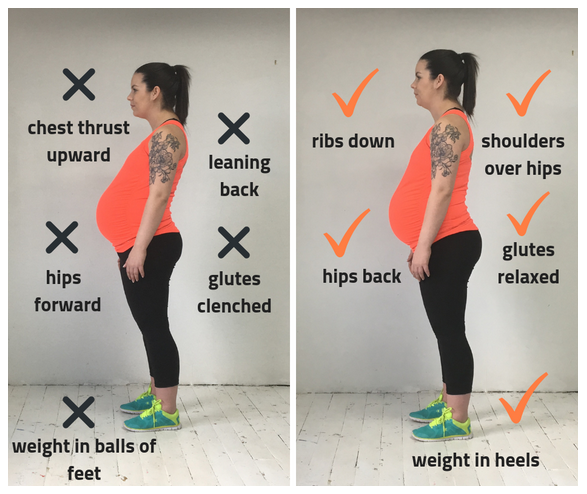 As long as you don’t apply too much pressure on your belly or the doctor in charge of your prenatal care doesn’t advise against it.
As long as you don’t apply too much pressure on your belly or the doctor in charge of your prenatal care doesn’t advise against it.
Your doctor may advise against cracking your back during pregnancy because of the risks of vaginal bleeding, ectopic pregnancy (a condition where the egg implants outside of the uterus), or toxemia (a condition marked by high blood pressure and proteins in the urine).
If you have any of the conditions mentioned above, you’ll need to avoid adding pressure to your abdomen or twisting your body to pop your back.
Pregnant women often feel a lot of pressure, soreness, and pain in their back caused by the weight distribution as pregnancy progresses.
Pregnancy back pain usually occurs in your lower back, which may result from weight gain (typically, a pregnant woman gains 25-35 pounds in total), posture changes because pregnancy shifts your center of gravity, muscle separation, and stress.
Another cause may be hormonal changes, specifically the production of a hormone called relaxin that loses the pelvic area ligaments in preparation for the birth process.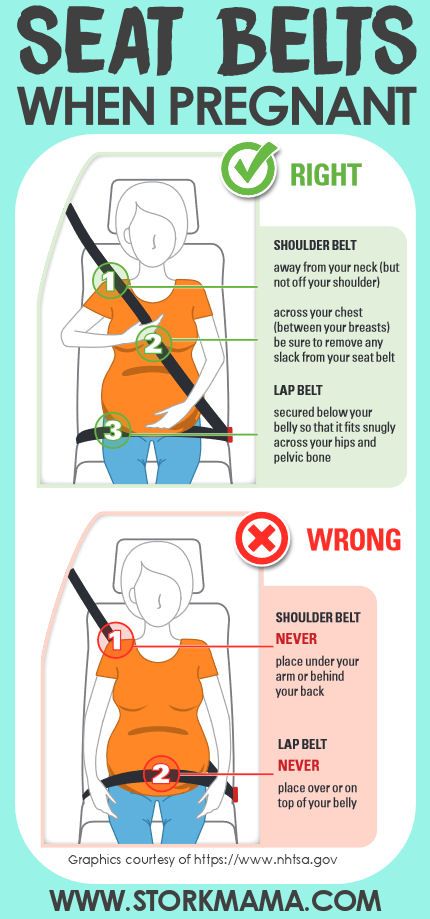 A side effect of relaxin release is that the ligaments that support the spine also loosen, making them unstable and causing discomfort.
A side effect of relaxin release is that the ligaments that support the spine also loosen, making them unstable and causing discomfort.
Relaxin makes you more flexible as soon as the hormone increases, which is why you need to be careful before you decide to crack your back while pregnant. Even with chiropractic care, you risk overstretching and harming yourself.
During pregnancy, if you feel the urge to crack your back often, then it’s recommended that you seek chiropractic care and consult with your doctor.
Chiropractor while pregnantConsulting with a chiropractor during pregnancy can help you release tension and pain by cracking your back. It can also be part of preventive care and ensure your body is ready and aligned for labor and delivery.
Whether you have lower back pain, sciatica (symptoms of sciatica are very common in late-stage pregnancy), or tension on your shoulders and neck, you can get them sorted with chiropractic adjustments.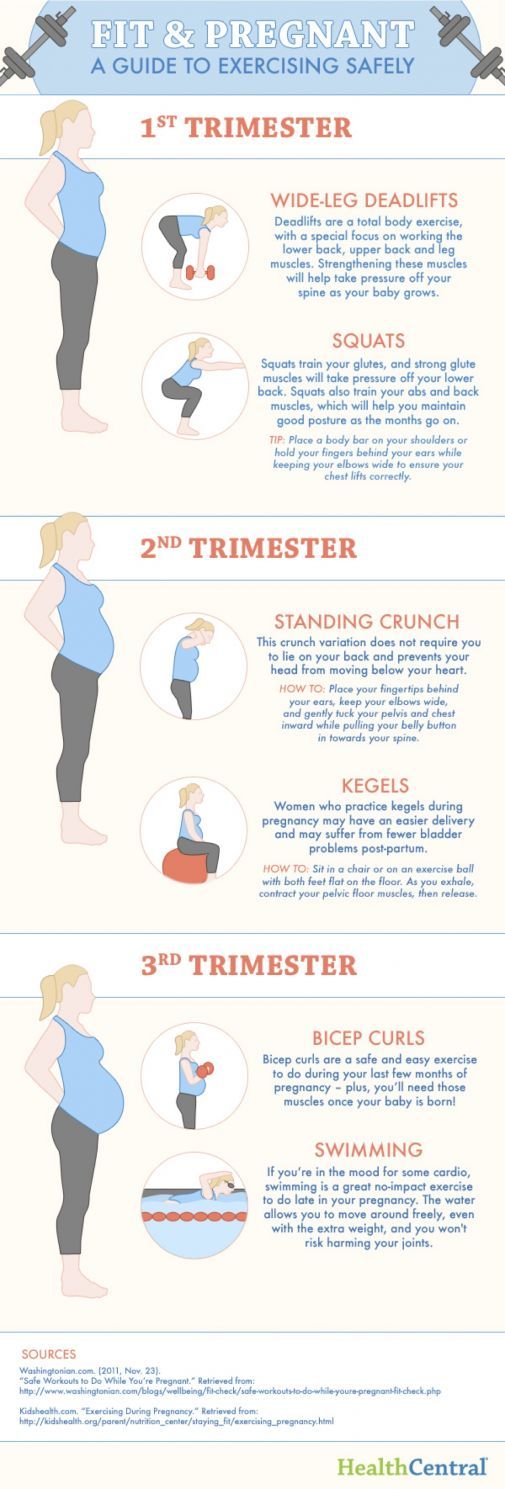
Because of the stress of supporting the uterus and the baby as it grows, round ligament pain happens at the base of the belly or pubic area.
The frequency of chiropractic adjustments during pregnancy will depend on how far along you are, if you get chiropractic care before pregnancy, and your specific needs. It can be as frequent as a few times a week and as far apart as once a month.
But before you get any chiropractic adjustment, ensure your doctor approves and you get evaluated, so you play on the safe side.
There’s no evidence that a chiropractic adjustment or a chiropractor can cause miscarriage or can’t be done during the first trimester, but that doesn’t mean you don’t need to take the necessary precautions first.
Other ways to relax your body during pregnancy1. Doing Prenatal YogaPrenatal yoga is a great way to relax, stay fit, and prepare for birth.
Prenatal yoga exercises not only encourage stretching, mental centering, and focused breathing, which is necessary during delivery, but it also helps with the bond between mom and baby during those crucial months before the baby is born.
It’s been proven that prenatal yoga exercises improve sleep, reduce stress and anxiety, and increase strength, flexibility, and endurance of the muscles in the birth canal. But also, it’s an incredible aide to fighting against lower back pain, nausea, headaches, and shortness of breath.
But before doing any yoga pose, ensure you’re receiving instruction by someone prepared and certified to understand pregnancy needs and that you keep the correct posture without putting too much pressure on your stomach or spine.
2. Supporting Your Baby BumpOther ways to relieve lower back pains include using belly support, such as the Medela Maternity Support Belt, which distributes the weight of your growing bump more comfortably around your lower back and pelvis.
3. Wearing the Correct ShoesWearing the right shoes is also essential because it will help your back and your knees.
Pregnancy doesn’t mean the end of high heels and strappy sandals, but if you decide to wear them, then be prepared to feel some pains on your soles, ankles, and back as well.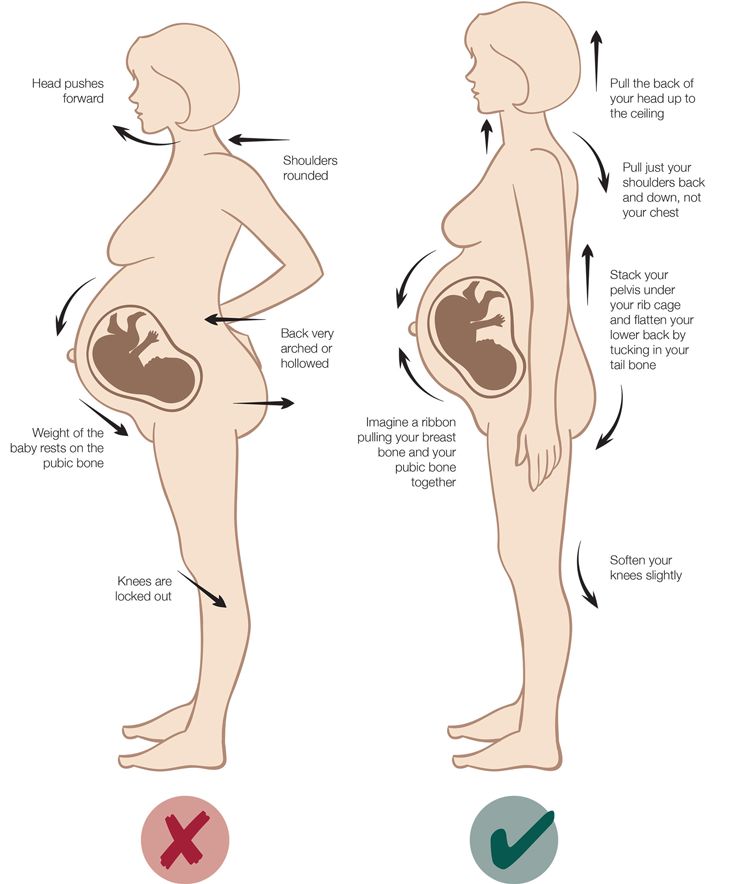
And also, since your center of gravity shifts as the baby’s weight and growth make you change your posture, you’ll need to pay extra attention to avoid falling.
4. Swimming and StretchingOther exercises such as swimming and stretching around your house will also render many health benefits to your spine and your baby while having a minimal impact on your back, reducing the risk of hurting yourself or a miscarriage.
ConclusionPopping your back when you are pregnant is perfectly fine.
If you ever experience any type of pain while doing so, make sure to consult a health care professional.
Feel free to follow the tips and tricks provided in this article to ensure the safe cracking of your back.
10 Ways How to Crack a Pregnant Woman's Back
chetankawale100 cracking lower back, how to crack a pregnant woman's back, how to crack lower back, how to crack your lower back, how to pop lower back, how to pop your lower back, lower back cracks
When you “crack” your back, you adjust, mobilize, or manipulate your spine.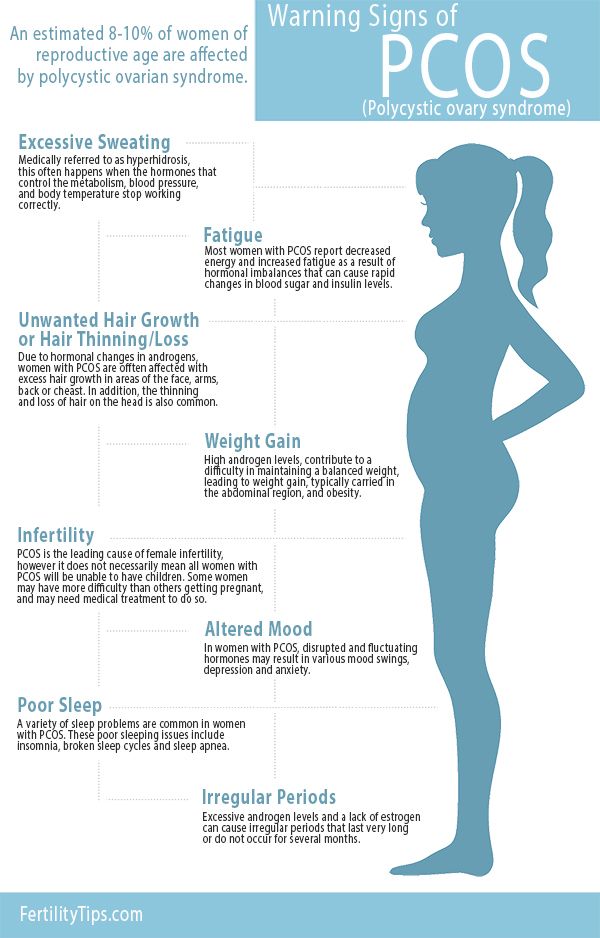 Overall, it should be fine for you to do this on your own on your back.
Overall, it should be fine for you to do this on your own on your back.
These adjustments aren’t needed for those telltale cracking and popping sounds to be effective. Still, we know they do provide a momentary sense of relief. Just remember not to overdo it or force anything.
How to crack a pregnant woman’s back. If you’re like most pregnant women, you’ve probably developed tightness and soreness in your lower back (as well as a number of other symptoms).
Over 80% of pregnant women experience lower back pain during their pregnancy. The good news is that many of these symptoms are easily treatable at home by simply using self-care tools such as hot water bottles and heating pads, stretching your muscles, and getting plenty of rest.
Here are ten moves and stretches to help you shatter your back, plus a video demonstrating some of those moves in more detail.
Like those described here, gentle stretches and movements can also warm up your body and muscles while loosening tight areas to accommodate your back.
First, we start with two ways to use a chair on your back.
Table Of Contents
- 1) Back-of-chair stretch
- 2) Chair twist
- 3) Back extension
- 4) Standing lumbar extension
- 5) Upward stretch
- 6) Standing spinal rotation
- 7) Seated twist
- 8) Supine foam roller stretch
- 9) Supine twist
- 10) Supine shoulder blade stretch
- How to crack your back video
- Tips to practice for how to crack a pregnant woman’s back
- When not to crack your own back in pregnancy
Do you spend most of your day at a desk or in front of a computer? Stretching your back muscles will help ease the tension over time.
With your back flat against a chair, place both hands on either side of you and slowly extend one leg in front and one leg behind you while keeping both shoulders flat against the chair. Next, try leaning forward as far as possible with both hands holding onto each armrest.
Repeat all stretches on each side until feeling relief or fatigue.
2) Chair twistTo crack your lower back, you’ll want to make sure you’re not just stretching but putting pressure on a specific point. If you don’t want anyone else touching your back, it’s fairly easy—and safe—to do it yourself.
Lie on your stomach over a towel or yoga mat with a pillow under your head (or push gently against a wall). With one knee bent and foot flat on the floor, extend your free leg straight behind you.
Reach both arms up and place one hand on either side of your spine.
Now gently twist from side to side until you feel or hear that pop—don’t overdo it! Repeat for as many reps as necessary (most people can get about three) before switching sides.
3) Back extensionThis exercise helps strengthen and stretch your lower back while relieving the compression.
Lie on your stomach with a pillow under your chest; place another pillow between your knees or a yoga block or folded towel under each knee for support.
Lift your head and upper body off the floor as high as possible, keeping a long line from toes to neck. Lift one leg toward your face at a time, extend it straight out and then pull it in toward you (think slow-motion jumping jacks).
Repeat 10 times on each side before moving on to another variation. You can also try lifting just one leg and holding it extended for 30 seconds before switching legs.
4) Standing lumbar extensionMost people think that cracking their back means twisting it side-to-side. But actually, you should be focusing on lengthening and loosening your spine by extending it upward and backward.
A lumbar extension is one of our go-to stretching exercises for those suffering from back pain or stiffness. To perform one, lie flat on your stomach with your chin tucked into your chest, then push into both feet while raising your head and upper body upward until you feel a good stretch in your lower back region.
Hold it for 10 seconds before relaxing, and repeat as many times as needed throughout the day! Be sure to consult with a licensed medical professional before attempting any exercise regimen.
Kneel on your hands and knees, with your hips directly over your knees. Reach forward and try to touch your toes. Hold for 5 seconds and then release. Do a set of 10 reps two or three times a day.
As you hold each stretch, you should feel a slight pull in your lower back muscles as they loosen up after being tightened from sitting all day at work.
If that doesn’t happen, take a break from sitting so much and try again later when you’re more relaxed or after stretching out before trying again!
6) Standing spinal rotationPut your lower back on a roller (the longer, firmer kind you can buy at most sports and health stores). While standing up straight with knees slightly bent, rotate to one side as far as possible. Hold for 15 seconds and repeat for a total of three repetitions.
Then, stand up tall and rotate over to your other side. Repeat that three times for a total of six reps per side. Finally, stand tall and bring your arms above your head in a Y shape.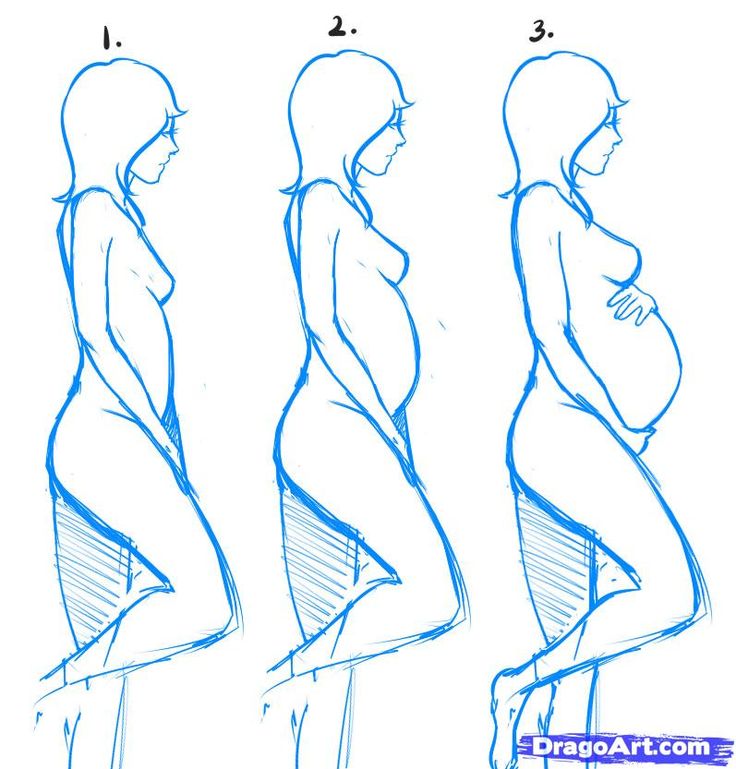 Slowly rotate backward until you feel a good stretch in your lower back muscles; hold for 20 seconds and repeat twice more before sitting down.
Slowly rotate backward until you feel a good stretch in your lower back muscles; hold for 20 seconds and repeat twice more before sitting down.
Sit in a firm chair with your knees bent and both feet on the floor for a seated twist. From there, cross your right leg over your left.
Then, bend forward at your waist and place both hands behind you on top of each other (fingers should be intertwined). After that, turn and look over your right shoulder as far as possible while keeping both hips level.
Use your arms to help pull you even farther back before returning to the center. Repeat for 20 seconds before switching sides.
8) Supine foam roller stretchWhile on your back, place a foam roller under your neck (right below your head) and rest on it. Use both hands and push down with your forearms for about 20 seconds, pause for 10 seconds, then repeat three times. Repeat on another side.
By stretching out a tight muscle group in one area of your body, you can often alleviate the pain occurring in an entirely different part of your body. And because foam rollers are portable and inexpensive (most can be purchased online or at sporting goods stores), there’s no reason not to keep one at home!
And because foam rollers are portable and inexpensive (most can be purchased online or at sporting goods stores), there’s no reason not to keep one at home!
Lie on your back with a towel wrapped around your head. Twist gently left and right until you feel a gentle crack in your lower back.
Practice caution! This should be done when it is not too painful or swollen, as it could harm your unborn child. In these instances, wait until you are two months into pregnancy before trying any of these techniques.
If it hurts or causes unbearable pain, stop! Check with your doctor first if possible! Always move slowly and use common sense while trying these techniques. If you continue feeling discomfort after doing these stretches, you may want to consider seeing a professional massage therapist who has experience working with pregnant women; they can give you more specific recommendations for stretches that will help ease any lower back pain associated with pregnancy safely effectively.
Lie on your back with knees bent and feet flat on the floor. Stretch arms out to sides, palms facing down. Keeping shoulder blades flat on the floor, bring hands together in front of you until a stretch is felt across chest muscles. Hold for 30 seconds and repeat three times.
How to crack your back video
Tips to practice for how to crack a pregnant woman’s backThese simple stretches can be done as part of a longer stretching routine or alone throughout the day.
Always move in and out of each exercise carefully without making sudden or rapid movements. You may want to take a few moments to relax before and after each stretch.
Be gentle and gradually increase the pressure or intensity used for these stretches.
Typically, each stretch will produce only one adjustment rather than a repetitive one. Even if you don’t get adjustments from these stretches, they should still feel good and help you loosen up your joints.
When not to crack your own back in pregnancyAs long as you do this carefully and carefully, it may be safe to adjust your own back. But, some people believe that it should be done by professionals because they are specially trained in how to adjust the back safely.
Adjusting your back incorrectly or too often can lead to pain, muscle strain, or injury. It can also lead to hypermobility. You stretch your spine and back muscles so much that they lose elasticity and can fall out of alignment.
If you have back pain, swelling, or any type of injury, you should not strain your back. This is especially important if you have or suspect any kind of disk problem. Wait until you are fully recovered or seek help from a physical therapist, chiropractor, or orthopedic surgeon.
Wait until you are fully recovered or seek help from a physical therapist, chiropractor, or orthopedic surgeon.
Please note: BabyCBK and the materials and information it contains are not intended to, and do not constitute, medical or other health advice or diagnosis and should not be used as such. You should always consult with a qualified physician or health professional about your specific circumstances.
Plus, more from BabyCBK:
How to Plan an Awesome Baby Shower
5 Exercises for Back Pain During Pregnancy - Academic Medical Center (AMC)
During the second half of pregnancy, most women suffer from nagging lower back pain. Most often, it is caused by physiological changes in the body and disappears with a change in body position and the selection of a comfortable posture. Back pain can also be provoked by inflammatory and infectious diseases and exacerbations of chronic pathologies.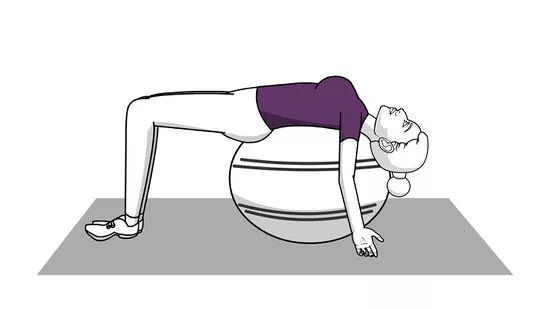 To determine the cause of discomfort, be sure to consult a doctor. If no diseases have been identified, and aching pain is the result of an increase in the load on the back muscles, then special physical exercises will help to loosen it.
To determine the cause of discomfort, be sure to consult a doctor. If no diseases have been identified, and aching pain is the result of an increase in the load on the back muscles, then special physical exercises will help to loosen it.
5 exercises to relax the back
Back twists
Sit on the floor or sofa with your legs crossed. Take your right hand forward and begin to slowly wind it behind your back and turn after it with your whole body. Move until you feel a slight stretch in your muscles. After that, return to the starting position and turn to the other side. When performing the exercise, make sure that your back remains straight.
Child posture
This exercise helps to relax the back muscles. Get on your knees, put your feet shoulder-width apart and rest your palms on the floor. Keeping your palms pressed to the floor, lower your buttocks onto your heels. The stomach should lie between the knees, and the back muscles should stretch.
The stomach should lie between the knees, and the back muscles should stretch.
Cat back
Get on your knees and place your palms on the floor. Gently lift your back up, arching it in a semicircle. Hold this position for 5 seconds, then relax and repeat all over again.
Reverse cat back
Kneel down and place your palms on the floor. Raise your head up and bend your back down. Hold this position for 5 seconds.
Bird Flight
Stand sideways against a wall or back of a sofa so that you can hold on with one hand. Holding on with your left hand, lift your right leg to a horizontal position. Hold this position for 5-10 seconds, then repeat the exercise with the other leg. This exercise strengthens the back muscles, making them stronger.
How to do the exercises?
Before you decide to do exercises to relieve back pain, be sure to consult your doctor. He will assess your condition and determine the acceptable load level. All exercises must be performed smoothly, avoiding sudden movements and strictly following the execution technique.
He will assess your condition and determine the acceptable load level. All exercises must be performed smoothly, avoiding sudden movements and strictly following the execution technique.
Contraindications for gymnastics
Not in all cases, pregnant women are allowed to exercise. They are prohibited with the threat of miscarriage or premature birth, after pregnancy loss, with increased uterine tone, with severe toxicosis, changes in blood pressure, diseases of the spine and cardiovascular system.
How to prevent back pain?
During pregnancy, back pain is the result of increased strain on the back muscles and spine. To reduce stress and prevent pain, wear low heel shoes or shoes with less than 3 cm heels, support your lower back with a pillow when you sit, and sleep on your side, with a pillow under your belly if necessary.
Which symptoms require immediate medical attention?
Lower back pain in the second half of pregnancy appears due to the shift of the center of gravity, weakening of the ligamentous apparatus, preparation of the body for childbirth.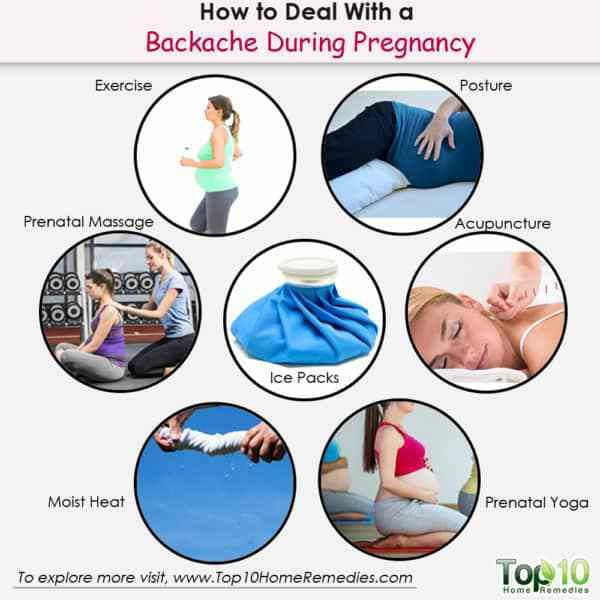 However, back pain can also be a symptom of dangerous diseases or complications.
However, back pain can also be a symptom of dangerous diseases or complications.
Seek medical attention:
- if you experience pain in the upper back and neck, accompanied by high blood pressure, headache or dizziness;
- with a decrease in the mobility of the shoulder joints and numbness of the fingers;
- in case of pain in the thoracic spine, which is accompanied by pain in the ribs and heart;
- for back pain accompanied by leg numbness;
- with aching pain that does not go away and does not weaken with a change in body position;
- for pain accompanied by fever, edema, pain during urination;
- with sharp, intense, cramping pains.
During pregnancy, you feel not only great joy in expecting a baby, but also a great responsibility for his health. One of the main conditions for a favorable course of pregnancy and the birth of a healthy baby is observation by a highly professional obstetrician-gynecologist.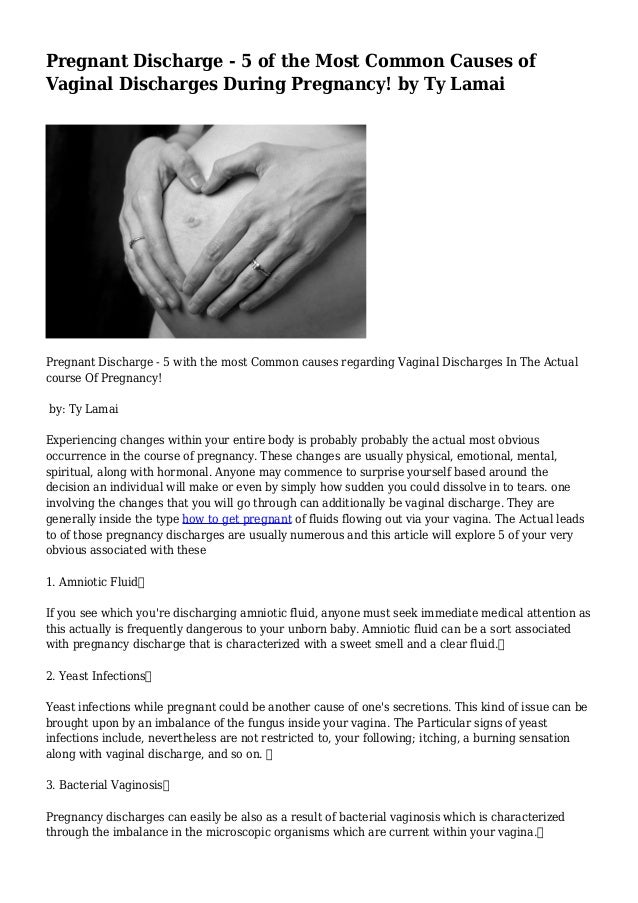 Unfortunately, the number of pregnant women at high risk to both mother and child is on the rise.
Unfortunately, the number of pregnant women at high risk to both mother and child is on the rise.
It is therefore important to see a doctor as soon as possible. In the early stages of pregnancy, an obstetrician-gynecologist must determine the health status of the expectant mother and conduct screening studies of the fetus on time. We offer comprehensive pregnancy support packages for you.
Pregnancy management at the Academic Medical Center is based on the provisions of the MOH pregnancy management protocol and 25 years of successful medical experience. Our comprehensive packages include a full range of necessary consultative and diagnostic measures from the moment of registration to delivery.
More pregnancy management packages.
Protecting the tummy? Moms, don't be afraid, the baby is under protection
Quite often, mothers ask obstetricians how dangerous it is to sleep on their stomach, hit their tummy, or get elbowed by fellow citizens in public transport.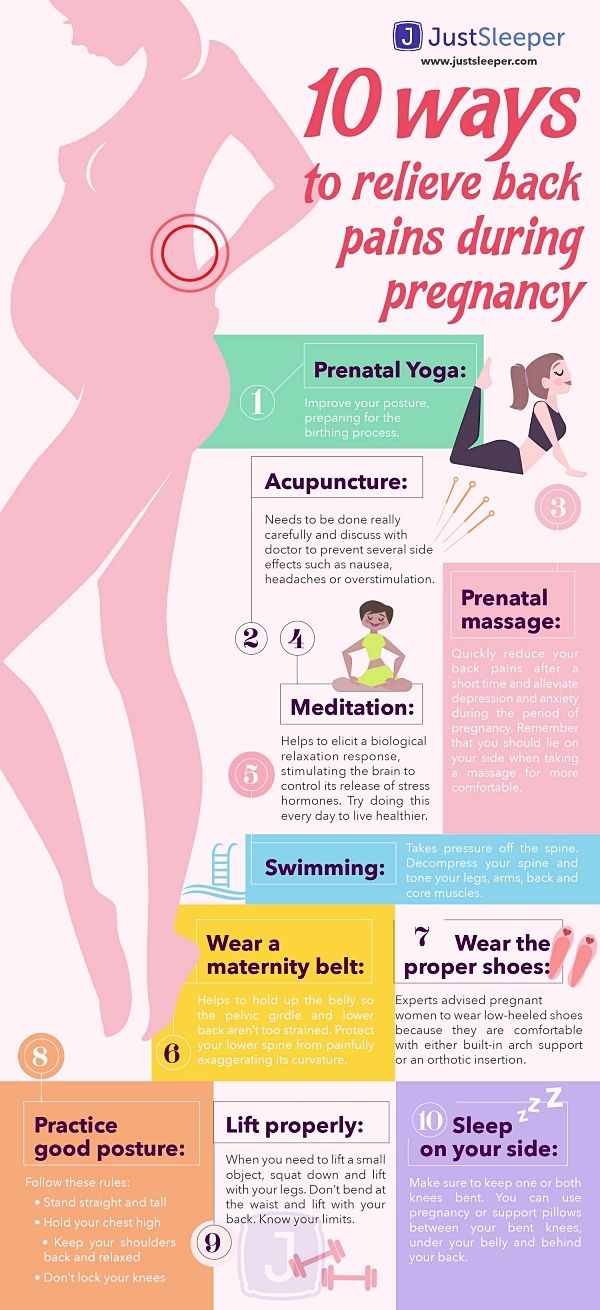 Will it hurt the baby? Doctors are trying to reassure: the baby is under reliable protection. This does not mean that you do not need to protect the tummy at all, but you should not panic too much and be afraid that the slightest impact can harm the baby. The baby is in the amniotic fluid, which reliably absorb all shocks. So, most of the anxiety is a psychological factor. Any mother instinctively covers her tummy, as if protecting the baby.
Will it hurt the baby? Doctors are trying to reassure: the baby is under reliable protection. This does not mean that you do not need to protect the tummy at all, but you should not panic too much and be afraid that the slightest impact can harm the baby. The baby is in the amniotic fluid, which reliably absorb all shocks. So, most of the anxiety is a psychological factor. Any mother instinctively covers her tummy, as if protecting the baby.
Have a good sleep
Quite often expectant mothers worry about what position to sleep in so as not to harm the baby. Don't worry and trust your feelings. At the very beginning of pregnancy, the uterus does not increase much in size, your baby is still a baby-with-a-nail, so sleeping on your stomach does not interfere or harm either mom or baby. As the uterus grows in size, you yourself will feel that lying on your stomach becomes uncomfortable and will begin to avoid this position. Someone else sleeps on their back for several months, someone immediately rolls over on their side. The position "on the back" also quickly becomes uncomfortable, because in the later stages the inferior vena cava is clamped, and you will feel discomfort.
The position "on the back" also quickly becomes uncomfortable, because in the later stages the inferior vena cava is clamped, and you will feel discomfort.
In the third trimester of pregnancy, as a rule, the mother herself intuitively comes to the conclusion that it is uncomfortable to sleep even on her side just like that. Many begin to put a roller from a blanket under the tummy - and this is completely normal. For some it is convenient to lay a roller between the legs - listen to yourself and sleep in a comfortable position. All the same, in a dream, a person changes position involuntarily, so it is very naive to think about the “correct” position for sleeping. Remember that the mattress should not be hard, otherwise it will give you torment. The ideal option is anatomical mattresses that take the shape of the body, but they are quite expensive. Refuse for a while from hard orthopedic beds, even if they helped you to relax before. Sleep on softer.
Accident
Many mothers are afraid of bumps and falls, which happen quite often, because the tummy protrudes in the later stages. There are myths among the people that an abortion or placental abruption can occur during a fall, and popular television series inform us about this, in which the heroines lose a child from one accidental fainting. In fact, it's not like that at all. Placental abruption occurs with gestosis, abortion can occur from mechanical trauma only if the mother had a threat of interruption in a severe form, in which hospitalization is usually carried out. In general, even in severe car accidents, pregnancy can often be saved.
There are myths among the people that an abortion or placental abruption can occur during a fall, and popular television series inform us about this, in which the heroines lose a child from one accidental fainting. In fact, it's not like that at all. Placental abruption occurs with gestosis, abortion can occur from mechanical trauma only if the mother had a threat of interruption in a severe form, in which hospitalization is usually carried out. In general, even in severe car accidents, pregnancy can often be saved.
However, mother's worries are quite understandable. Therefore, if you are worried, talk to your doctor, describe your symptoms, if he deems it necessary, do an extraordinary ultrasound.
Clothes for the belly
No less myths about how important it is to dress properly. Many mothers, undressing and seeing a trace of an elastic band from panties on their stomach, are already afraid that they have harmed the baby. Yes, indeed, in position it is better to dress in loose clothing. During the day, swelling can occur, and you just feel more useful and comfortable without extra rubber bands. However, it is hardly possible to harm the baby with a belt in the place where the waist used to be.
During the day, swelling can occur, and you just feel more useful and comfortable without extra rubber bands. However, it is hardly possible to harm the baby with a belt in the place where the waist used to be.
Some moms are also wondering if a bandage is not harmful to the baby, which is often recommended to be worn after 23-24 weeks. Of course no. It is designed to redistribute the load on the spine and avoid discomfort and pain, as well as support the anterior abdominal wall to reduce pressure on the lower uterine segment. The bandage is especially relevant for women with weakened abs and for those who give birth not for the first time and have a stretched abdominal wall. However, with good health, sports moms do well without a bandage.
No less worrisome is the "communication of the older child" aged 1-4 years with the tummy. The baby can jump on the mother, the mother has to carry the child in her arms. And it's not dangerous either. Focus on your well-being: if it’s not difficult for you and your lower back doesn’t hurt, don’t deprive your older child of such pleasure.

